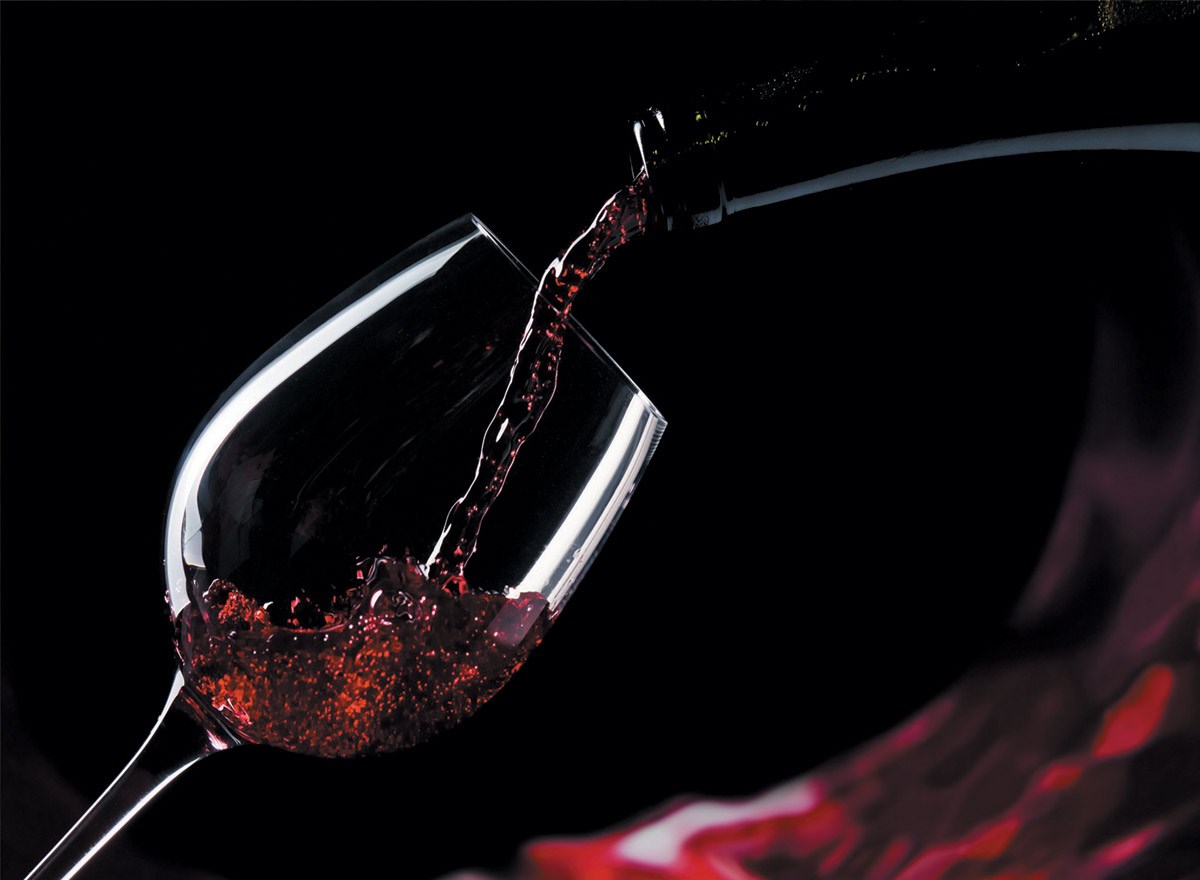The structure of Wine
Derived from the fermentation of grape, wine sometimes also used some other fruits. The main feature of the wine is fermented directly from fruit without distillation. Alcohol concentration usually ranges from 8-18 degrees. Wine has 4 main components: tannin, acid, glycerol (Con) and taste.
Tannins
Tannin is a natural biological molecules found in some woods and certain other plants, such as tea, nuts and spices
Tannins in wine is extracted from the seeds, bark and stalks.
This is an important factor decisive incubation time depending on the amount of alcohol in the wine tannin has more or less. It is a natural preservative in wine. Tannin made structures and is also the main component of wine. You can feel the tannins in your mouth, bitter feeling like drinking strong tea.

Tannins are important components of brewing wine in red wine than white wine. It can be seen as a preservative and will be fader. When a young wine smells of fruit aroma, the taste of wine will develop varied over time. This is noticeable in the bottle of wine for many years. When the level reaches tannin balance, not overwhelms the other, then the ideal time to drink and is not necessarily annealing red wine anymore.
Tannins are only part of the structure of the wine, with glycerol, alcohol and acid. Depending on how much tannin that there is a wine and its relationship with other factors, the tannins can be described as dust, smooth, tough, tight, round or even nine.
Acid
The fruit acids are required as apple, lemon, mango, including grapes. Fruit is fresher by acid. Without it, the fruit will become too sweet and made us fed up. And if less than, it is like drinking sugary fruit syrups.
Alcohol should have acids, to form deposits on the tongue taste. The level of acidity can be felt in the mouth by a sour taste in wine, namely either side of the blade.
Some acids such as acetic acid that is volatile. If there is a small amount, they can fly out the flavor of the wine. If it is too much, wine will be sour such as acetone or even vinegar. Alcohol has a high acid content, it is often known that production in cold countries like northern France, England or New Zealand. If the wine has low acidity, it belongs to countries that have warmer weather in Australia, where the acids in grapes usually low enough to ensure that only acidification.
Glycerol (Alcohol)
Glycerol is produced by the fermentation of natural sugars in the grapes. Simply, indispensable Glycerol wine (alcohol). Sugar content of grapes will decide glycerol concentration (Con) of wine. In cool weather, grapes are difficult to nine; very little sugar alcohol so that wine has only the concentration of glycerol (Con) from 7º - 8º.
However, where the climate is warm, the concentration of glycerol (alcohol) will depend entirely on the road but not all yeast. Because the alcohol reaches 14 º alcohols, the yeast will stop growing and die. Therefore, wine concentration is above 15 degrees most of the alcohol added.

The conversion process sugar into glycerol (Con) is a vital step in the process of wine production. Many modern wines making has always focused on the control of fermentation. Fermentation always heat so they control the fermentation process in order to keep the temperature cool refreshing taste of fruit. Compare these wines naturally fermented to find this.
About flavors, in white wine and red have difference. We will discuss in another article.
